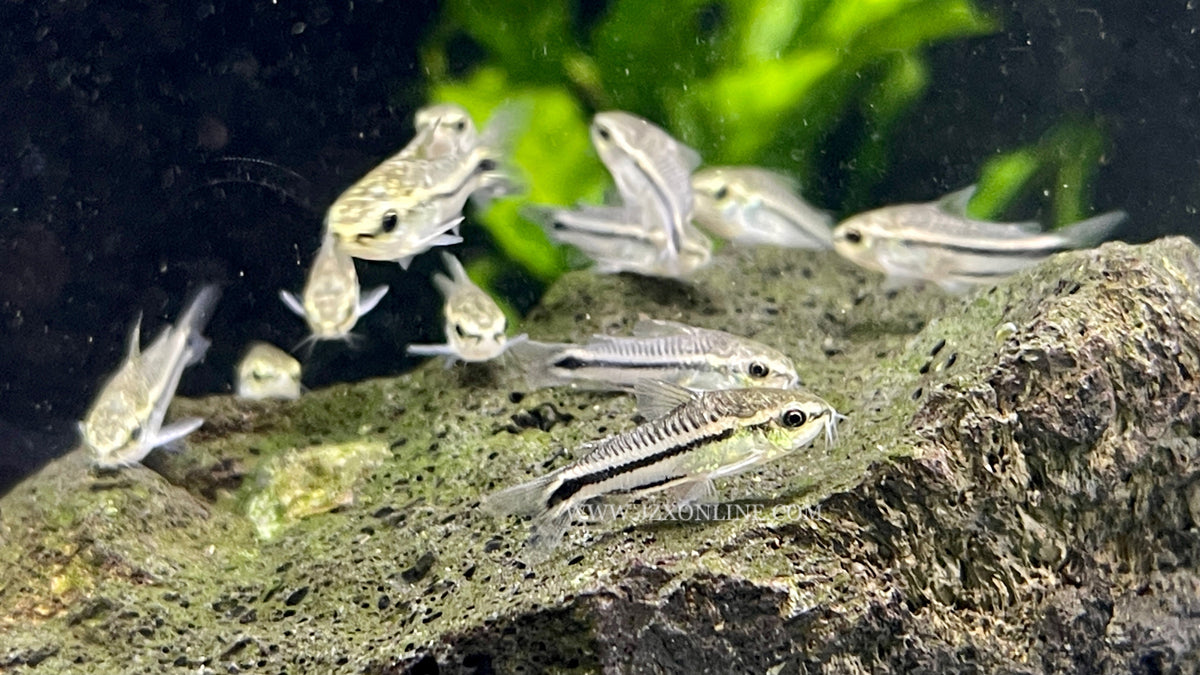Interesting, I didn't know that.
This explanation from my profile of this plant species.
Confusion has existed for the past few decades over the number of species in the genus
Echinodorus, and many have been known under different names. In his earlier study of the genus, Rataj (1975) listed 47 species. A major revision by the botanists R.R. Haynes and L.B. Holm-Nielsen (1994) listed 26 species. In his 2004 revision, Rataj increased the number of species to 62. More recent work by Samuli Lehtonen—incorporating phylogenetic (DNA) analysis—proposed 28 valid species (Lehtonen, 2007). As of 2013,
The Plant List and the
World Checklist of Selected Plant Families (maintained by Kew) have 30 distinct species listed for
Echinodorus.
Haynes & Holm-Nielsen (1994) considered the species
E. bleherae, E. amazonicus and
E. parviflorus to be conspecific [the same species] with
E. grisebachii. Kasselmann (2002) suggested that the different habitus of the submersed plants between these three "species" is reason to retain the present names in the hobby. But Lehtonen's extensive phylogenetic analysis (2006) basically supports the findings of Haynes & Holm-Nielsen, with a few changes, and this classification is now accepted. The former “species” that are now deemed to be within the one polymorphic species
E. grisebachii are
Echinodorus amazonicus, Echinodorus amazonicus var
. parviflorus, Echinodorus amphibius, Echinodorus bleherae, Echinodorus eglandulosus, Echinodorus gracilis, Echinodorus grisebachii var.
minor, and
Echinodorus parviflorus. Differences in appearance between these plants are apparent and seem dependent on the specific environment in the aquarium; this seems likely to also occur in nature, what can be termed transitional forms of the species. But the limited genetic variation within the complex is insufficient to establish reasonable groupings (Lehtonen & Falck, 2011).
This species epithet
grisebachii takes precedence over the others under the rules of the International Code of Botanical Nomenclature because it was the first name assigned to the species, and this was by the American botanist J. K. Small in 1909; the name honours the German botanist H.R.A. Grisebach (1814-1879).




